So, how exactly does your heating and cooling system work? We often get this question when we are out on service calls here at Petitt Heating & Cooling, and we want to address each type we see here in the Sumner County area. While they are not all prevalent throughout the area, you never know what you will find, so we’ve aimed to cover it all.
How Do Furnaces Work?
Furnaces have been used for many decades to heat the interior of homes, businesses, and other buildings. In essence, furnaces are combustion devices that use natural gas, propane, electricity, or oil to produce warmth.
Burning these fuels in a very controlled environment creates hot air which is then circulated through the building by way of a forced-air ventilation system.
Once the desired temperature has been reached, the furnace will shut off until the interior temperature dips below a certain point – at which time the furnace will automatically switch on to again maintain desired temperatures.
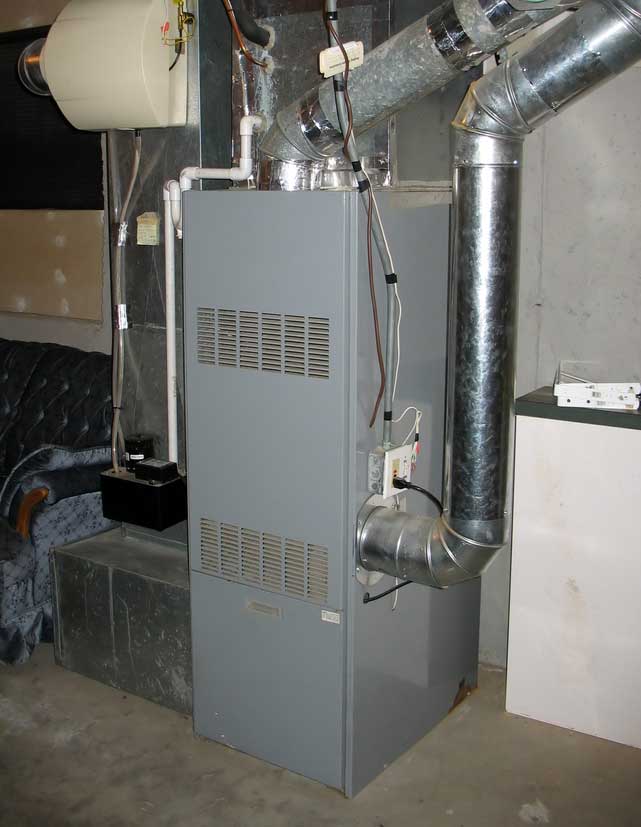
The primary benefit of using furnaces is their reliability as they are able to maintain set temperatures consistently without fail. In addition, since they require less energy than electrical space heaters, furnaces tend to save money on energy bills overall.
On the other hand, there can be some drawbacks to using furnaces, such as elevated safety risks due to fueling and exhaust systems, costs associated with maintenance and upkeep, and carbon dioxide emissions released into the atmosphere from combusting fuels during operation. Nevertheless, with precautionary measures in place and proper maintenance routines followed regularly, ensuring the safe operation of a furnace can be achievable for any property owner or occupant.
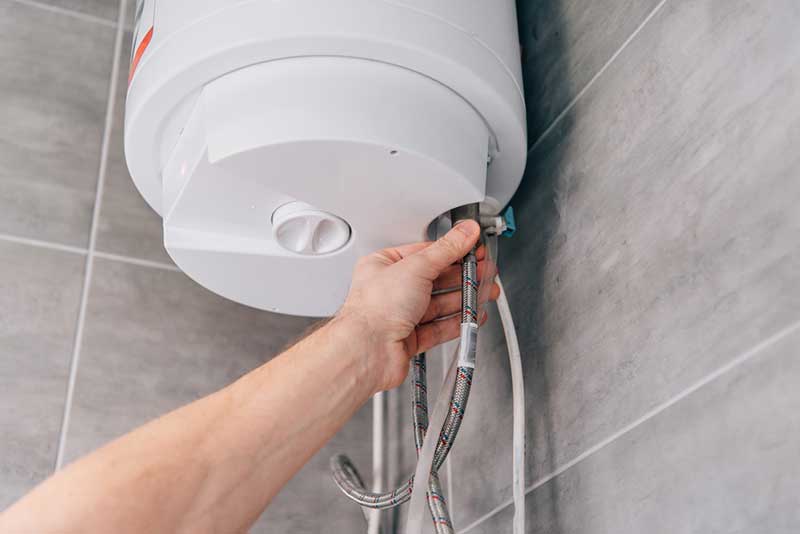
How Do Boilers Work?
Boilers provide an essential function in many buildings, acting as a heat source to power central heating systems. They work by heating water which can then be pumped through radiators or underfloor piping to create a warm environment within a building.
Boilers come with a variety of benefits including convenience, cost-efficiency, and safety – and they also have various safety features that minimize the risk of failure or other malfunctions.
However, drawbacks of using boilers include maintenance requirements and limited space. Since the boiling process is dependent upon consistent flow rates and careful monitoring, it requires regular maintenance in order for it to remain running efficiently.
How Do Heat Pumps Work?
Heat pumps are an energy-efficient way to heat or cool indoor residential spaces. Essentially, they take the heat from one area and transfer it to another, using electricity. For example, in the winter they extract heat from the outside air and transfer it indoors in order to keep a home warm without any supplementary heating source.
Alternatively, during the summer months, they work to pump warm air out of the home and circulate cooler air from outside. This process consumes less energy than burning fuel to generate heat and is generally much more financially efficient for homeowners.
Like any system, heat pumps also have some drawbacks, including requiring more time for a space’s temperature to stabilize when compared with other heating sources.
The system allows for much greater temperature fluctuations between day and night hours or two different areas of a house, which can make the indoor environment a bit cozy at times.
Additionally, while their life expectancy is up to 15 years on average, there are still maintenance costs associated with regular inspection and cleaning which must be taken into account.
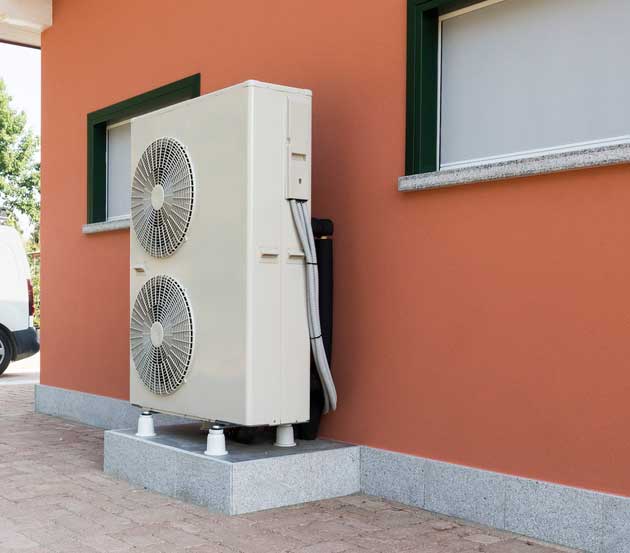
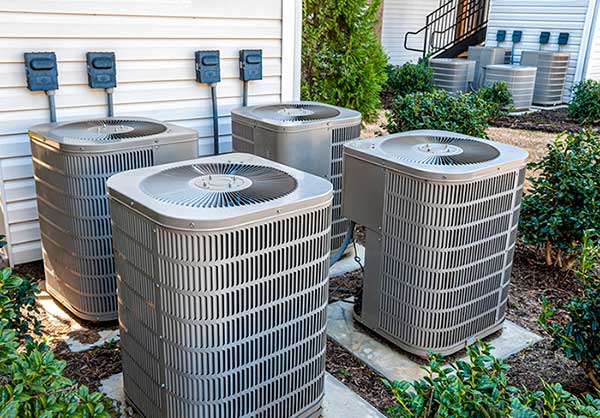
How Do Central Air Conditioners Work?
Central air conditioning is an efficient way to cool your home, with a system of ducts delivering conditioned air throughout the house.
This eliminates the need for unsightly window units and brings relief from sticky summer days by controlling temperature, humidity, and airflow. As an added bonus, it can also help improve indoor air quality by replacing polluted air with fresh filtered air.
There are clearly lots of benefits associated with using central air conditioning, yet there are some drawbacks too. Operating a central AC system is energy intensive and can lead to larger electric bills.
In addition, there can be installation costs if you choose to retrofit your existing home or need to make major modifications like moving ducts. Ultimately, if you want a comfortable home environment that meets all your cooling needs, understanding how central air conditioning works is worth the effort.
How Do Ductless Mini-Split Systems Work?
Ductless mini-split systems offer homeowners an efficient and cost-effective way to condition their homes. Rather than run an entire home’s heating and cooling through networks of ducts, a ductless mini-split system often uses just one or two indoor components that are connected to an outdoor compressor using small woven copper pipes.
These systems are energy efficient, compact, and cost less to operate than traditional HVAC systems as they allow for zone conditioning.
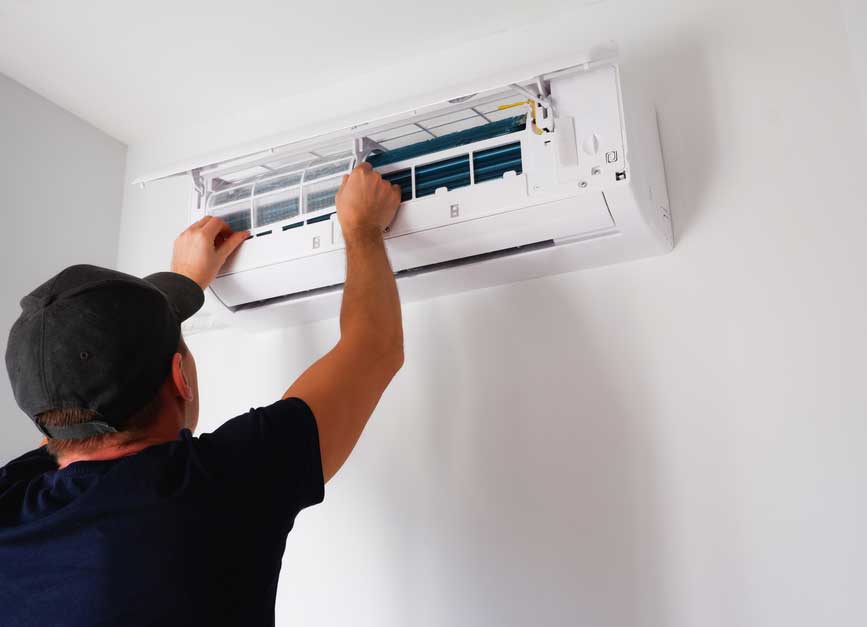
The ability to control the climate in different areas of the home gives you greater control over your indoor environment than a blanket heating or cooling system in one centralized location would.
While ductless mini-split systems are ideal for those looking for zone conditioning efficiency and flexibility, they come with some drawbacks as well. They may be louder than some other HVAC options due to condenser fan noises, and if a cooling system is used often, it can also increase humidity levels.
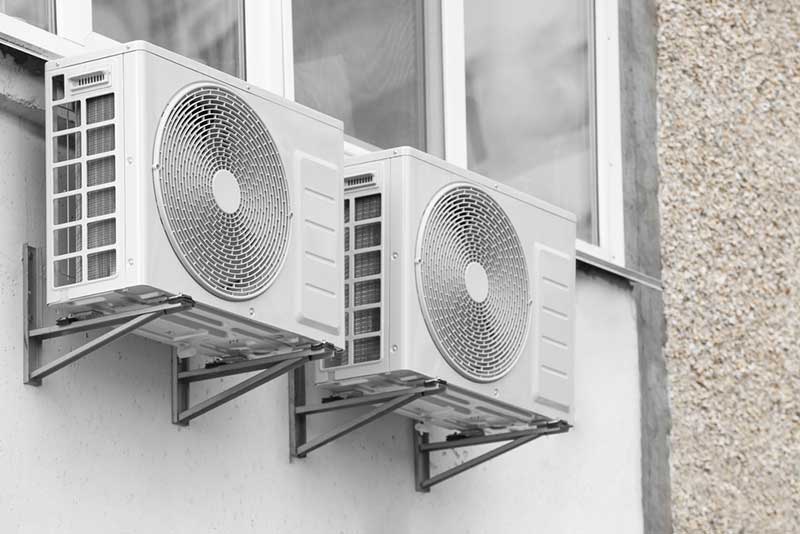
How Do Window Air Conditioners Work?
Among the most common and popular types of air conditioners are window units. Window air conditioners are installed in a single open window to both take in air from outside and release cooler air into the living space.
These ACs work by drawing the hot interior room air over cool evaporator coils, then putting that cooled air back into the room while expelling the hot air out.
While these units can provide efficient cooling for small areas, their installation requires an initial investment in terms of time and money – especially if you don’t already have suitable windows available.
Additionally, since it is mostly for one-time cooling purposes, turning them off or uninstalling them means a loss of that cooling power until next summer when they need to be installed again, unless living permanently in a hot climate.
On the other hand, their overall efficiency makes them a cost-effective item for those who just need seasonal relief from intense temperatures
Reach Out to Our Techs
If your heating or cooling system is not working properly, call the experts at Petitt Heating & Cooling or submit a scheduling form now.

Recent Comments